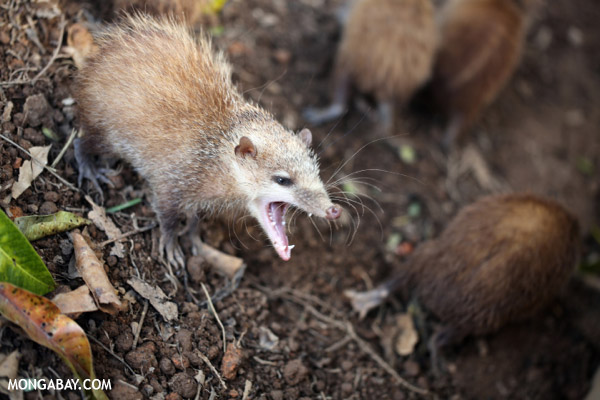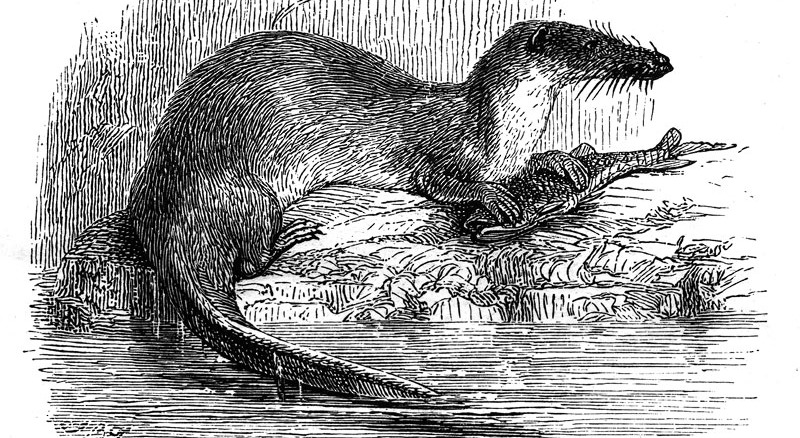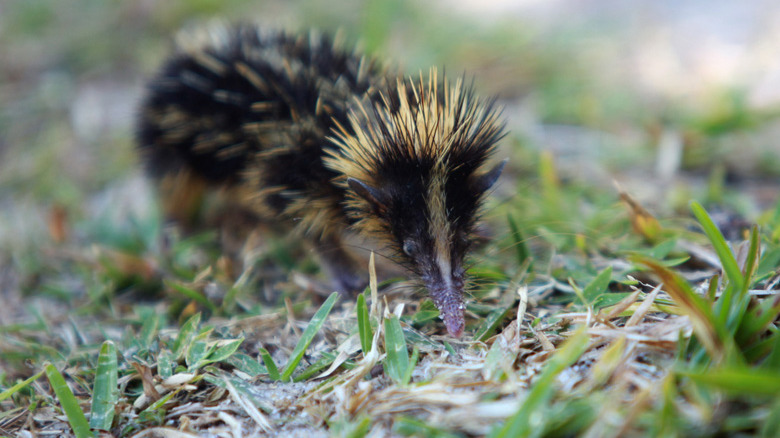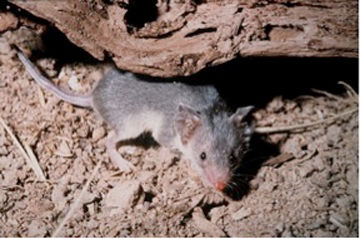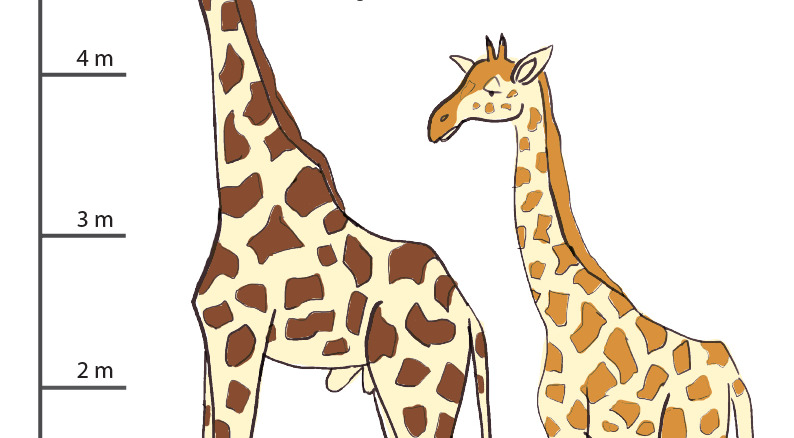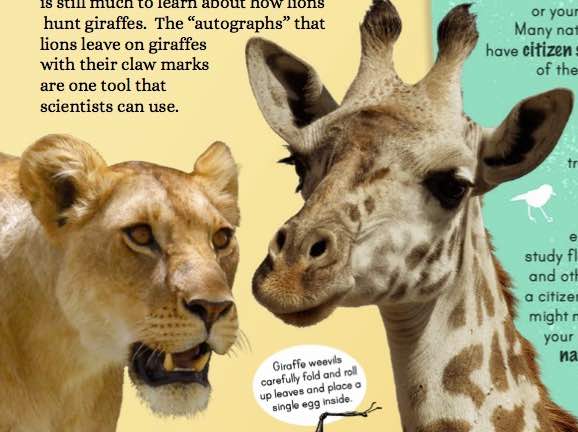The savannas of East Africa are famous as the home of big animals like lions, elephants, giraffes, hippos, and huge herds of wildebeest. It is no surprise then that these savannas are home to big spiders, too.
Meet the king baboon spider
The king baboon spider (Pelinobius muticus) lives in burrows in the grasslands of Kenya and Tanzania. It is a species of tarantula.
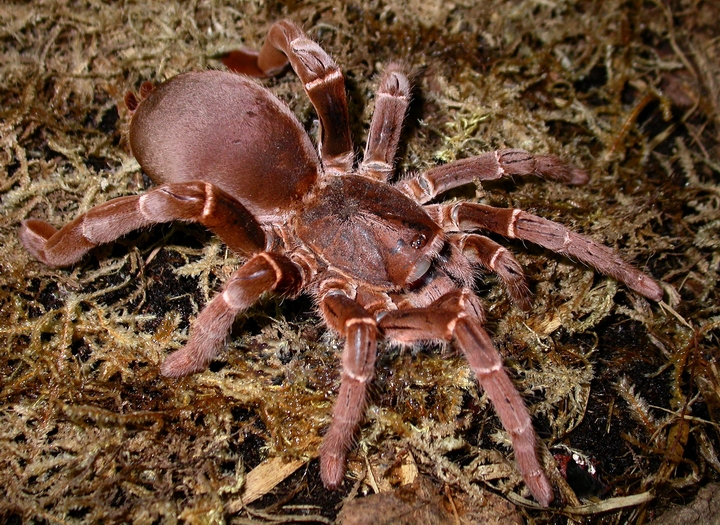
A king baboon spider (Pelinobius muticus). Image: www.universoaracnido.com, CC BY-SA 2.5 https://creativecommons.org/licenses/by-sa/2.5, via Wikimedia Commons
Tarantulas are the kings of the spider world!
Tarantulas are the largest known spiders that have ever lived. The largest spider in the world is the Goliath birdeater spider of South America. When its legs are spread out it can be one foot across, roughly the size of a young puppy!
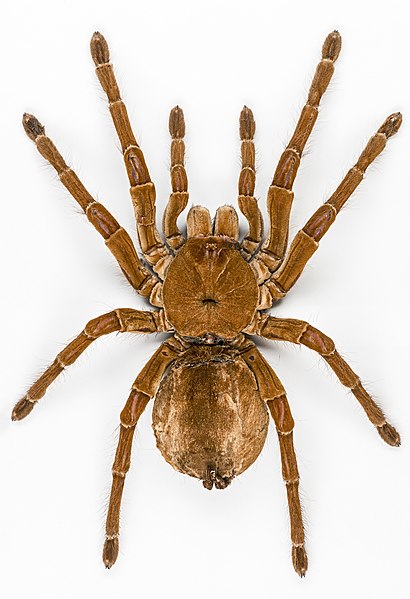
A female Goliath birdeater spider. Image: Muséum de Toulouse, CC BY-SA 4.0, via Wikimedia Commons
King baboon spiders are not quite as big as their cousins in South America, but they can have a leg-span of 8 inches (20 cm). This makes them possibly the largest spider in Africa.
The king baboon spider spends most of its time in its burrow dug into the savanna. If you were a locust, worm, cricket, or a mouse wandering by the burrow of this spider king, though, LOOK OUT!
This spider is known for its aggressive behavior. It rears up on its hind legs, grabs its prey with its front legs and sinks its large fangs into its prey. It repeatedly jerks its head up and down into its prey, stabbing it with its fangs and injecting venom. The venom immobilizes the prey and liquefies its internal organs, making it easier for the king baboon spider to slurp up its meal.
King baboon spiders need to worry about not becoming meals themselves. They are called baboon spiders because baboons like to eat them, as do many birds, reptiles, and mammals of the savanna. The king baboon spider will aggressively defend itself by hissing and rearing up and waving its arms in a threat display.
These spiders hiss by rubbing their first and second pairs of legs together. This behavior is called stridulation and produces a hissing noise the same way a bow rubbing across a violin string does.
One last fact about the spider king of Africa: the largest king baboon spiders are actually queens. Female tarantulas are larger than male tarantulas.
By David Brown
References:
Email interview with Stuart Short, director of the Cedar Park Nature Centre in England. He has kept the king baboon spider as part of his work. Interview conducted Thursday, July 20, 2017.
Samuel D. Marshal, Ph.D. 1996. Tarantulas and Other Arachnids. Barron’s Educational Series. Hauppauge, New York.

